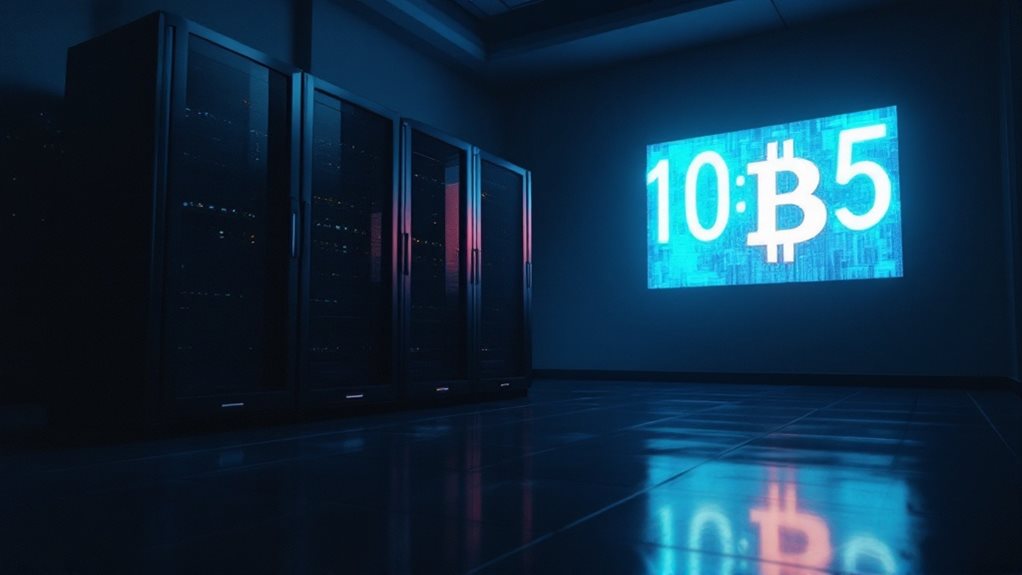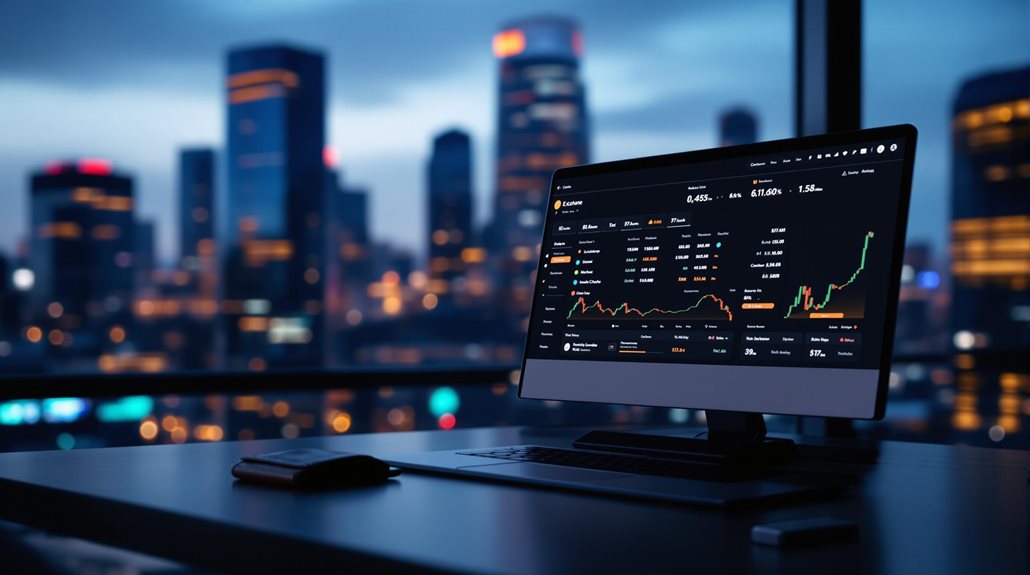Bitcoin halving is a key event that occurs every four years in the Bitcoin network. It cuts the reward miners receive for creating new bitcoins in half, similar to how gold becomes harder to find over time. The first halving happened in 2012, reducing rewards from 50 to 25 bitcoins. The next halving is scheduled for April 2024, when rewards will drop to 3.125 bitcoins. Understanding this process reveals how Bitcoin maintains its scarcity and value.

As Bitcoin continues to revolutionize digital finance, one of its most significant features is the halving event that occurs every four years. This programmed event cuts the rewards that Bitcoin miners receive in half, helping to control the total supply of Bitcoin, which will never exceed 21 million coins. It's a bit like having a digital version of gold, where new supply becomes harder to find over time. Central to proof-of-work mining operations require significant computational power to validate transactions and maintain network security.
The Bitcoin network has already gone through three halvings since its creation. The first one happened on November 28, 2012, when the mining reward dropped from 50 to 25 bitcoins. The second halving took place on July 9, 2016, reducing the reward to 12.5 bitcoins. Most recently, on May 11, 2020, the reward was cut to 6.25 bitcoins. The next halving is scheduled for April 19, 2024, when miners will receive just 3.125 bitcoins for each block they mine.
These halvings play a vital role in Bitcoin's ecosystem. They're designed to make Bitcoin scarcer over time, similar to how precious metals become harder to mine as more are extracted from the earth. Miners, who keep the network secure by processing transactions, need to become more efficient after each halving to stay profitable. They'll eventually rely more on transaction fees rather than mining rewards as their main source of income. Historical data suggests that Bitcoin often experiences significant price increases following these halving events.
The impact of halvings extends beyond just the mining community. When the supply of new bitcoins slows down, it can affect the overall market. It's like turning down the tap on new Bitcoin creation, which might influence its value due to basic supply and demand principles. However, it's essential to recognize that many factors affect Bitcoin's price, and halvings are just one piece of the puzzle. The network's difficulty adjustment algorithm ensures mining remains viable by automatically balancing miners' profitability.
Looking ahead, Bitcoin will continue experiencing halvings approximately every four years. The next one after 2024 is expected around 2028, when the reward will decrease to 1.5625 bitcoins. This process will continue until around the year 2140, when the final bitcoin will be mined. At that point, all 21 million bitcoins will be in circulation, and miners will rely solely on transaction fees to maintain the network.
This systematic reduction in new Bitcoin creation helps maintain its position as a potentially inflation-resistant asset. While traditional currencies can be printed in unlimited quantities, Bitcoin's supply follows a strict schedule that can't be changed, making it an interesting experiment in digital scarcity.
Frequently Asked Questions
Can Bitcoin Mining Remain Profitable After Multiple Halvings?
Bitcoin mining can remain profitable after multiple halvings, but it's getting tougher.
While rewards decrease by half each time, miners adapt by using better equipment and finding cheaper energy sources. The math still works because Bitcoin's price has historically increased after halvings, helping offset lower rewards.
Large mining operations with low costs continue to make money, but smaller miners might struggle unless they're super efficient.
How Do Cryptocurrency Exchanges Prepare for Bitcoin Halving Events?
Cryptocurrency exchanges take several key steps to prepare for Bitcoin halving events. They boost their reserve funds to handle market swings and upgrade their technical systems to manage increased trading.
They'll often add more customer support staff and create special alerts for price changes. Exchanges also focus on security by improving their protection against cyber attacks and implementing stricter trading limits during these periods.
What Happens to Bitcoin Transaction Fees During Halving Periods?
During Bitcoin halving periods, transaction fees typically spike upward. This happens because miners receive fewer rewards for processing transactions, so they prioritize transactions with higher fees.
After the 2024 halving, fees hit record highs as users competed for limited block space. While these fee increases are usually temporary, they're becoming more significant with each halving event.
The network eventually adjusts, and fees tend to stabilize at new levels.
Does Bitcoin Halving Affect Other Cryptocurrencies in the Market?
Bitcoin halving does affect other cryptocurrencies. Since Bitcoin's the biggest crypto, its price movements often influence the entire market.
When Bitcoin's price changes after halving, other cryptos typically follow similar patterns. Miners might switch to mining different cryptocurrencies if Bitcoin mining becomes less profitable.
There's also usually more interest in the whole crypto market during halving periods, which can boost trading for all cryptocurrencies.
Can Halving Events Trigger a Bitcoin Price Crash?
Bitcoin halving events can lead to price drops in the short term.
History shows that after halvings, Bitcoin's price sometimes falls before rising again. For example, there was a 37% drop within two months of the 2016 halving.
The main reason is that miners might sell their Bitcoin to cover costs since their rewards are cut in half.
It's like a temporary market shock that needs time to adjust.





